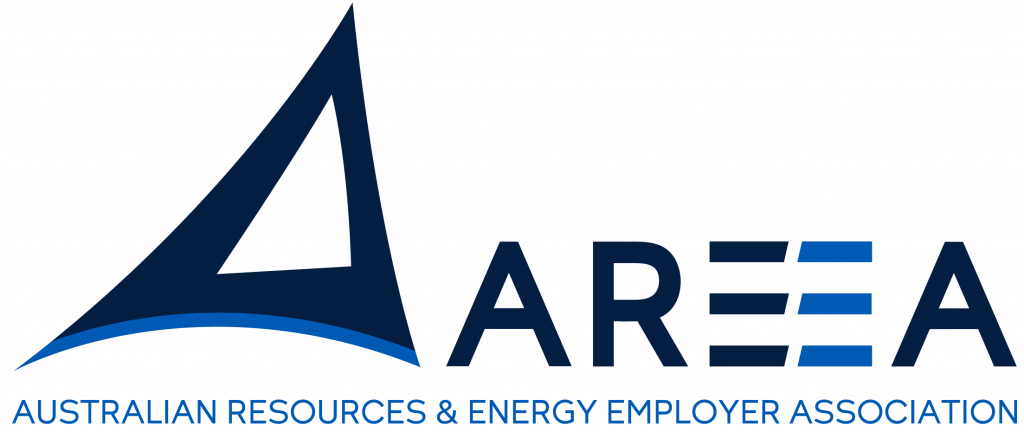FALLING commodity prices drove a 7.4% decrease in the mining sector’s Industry Value Added (IVA) in 2014-15, falling by $9.4 billion to $118.3bn, according to the Australian Bureau of Statistics (ABS).
The metal ore mining subsector accounted for most of the decrease in IVA (the value of goods and services), falling 12% or $9bn to $61bn. This was predominately due to a 20.7% drop in iron ore mining IVA to $45.5 billion.
IVA increases were found in oil and gas extraction (up 10.7% to $31.9bn), gold ore mining (up 25.3% to $7.4bn), mineral sand mining (up 22.4% to $1bn), silver-lead-zinc mining (up 7.9% to $2.1bn), and bauxite, nickel and other metal ore mining (up 55.2% to $2.9bn).
The report also looks at employment in the industry, which fell 6.9% to 173,388 employees in the year to June 2015. This decline was reflected across most subsectors with the biggest decrease in exploration and other mining support services, down 19.3% to 35,179 employees.
Click here to view the full ABS analysis of resource industry value added.
Exploration expenditure decreases, funding packages announced
In a separate report, the ABS revealed that the trend estimate for total mineral exploration expenditure was relatively unchanged in the March quarter 2016, decreasing by just $0.1 million to $355.6m. However, this is 5.7% lower than the March quarter 2015 estimate.
The trend estimate for total petroleum exploration expenditure also decreased in the March quarter, falling 12.8% or $61.8m to $420.1m. Western Australia was the largest contributor to this decrease (down 5.9% or $21.2m), however when looking at the data in seasonally adjusted terms, South Australia is the largest contributor to the fall (down 39.3% or $15.7m).
Last week the Western Australian and Tasmanian Governments announced new funding packages to boost resources exploration.
As part of its 2016-17 Budget, the WA Liberal National Government is committing $30 million over three years to its Exploration Incentive Scheme (EIS), adding to the $130 million that has been funded since 2009.
“The exploration stage of the mining cycle is high risk and the scheme freely provides valuable pre-competitive regional geoscience and commodity information to help reduce the technical and financial risks for companies laying the foundation of more discoveries,” said Mines and Petroleum Minister, Sean L’Estrange.
The Tasmanian Government is hoping to encourage investment in mineral exploration and development through a new program of targeted geoscience projects focussed on the state’s north-west and west coasts.
Minister for Mining Adam Brooks, said the Liberal Government’s 2016-17 Budget delivers $1.4 million for the Mineral Resources Tasmania (MRT) Geoscience Initiative Program.
“The collection of new geoscience data leads to the generation of new concepts and models that driver mineral exploration and the refinement of existing models helps to reduce investment risk for explorers,” Mr Brooks said.
Further analysis of mining and resources investment, exploration, exports and employment will be included in the 2016 Winter edition of AREEA’s Resource Industry Market Outlook, coming soon.



